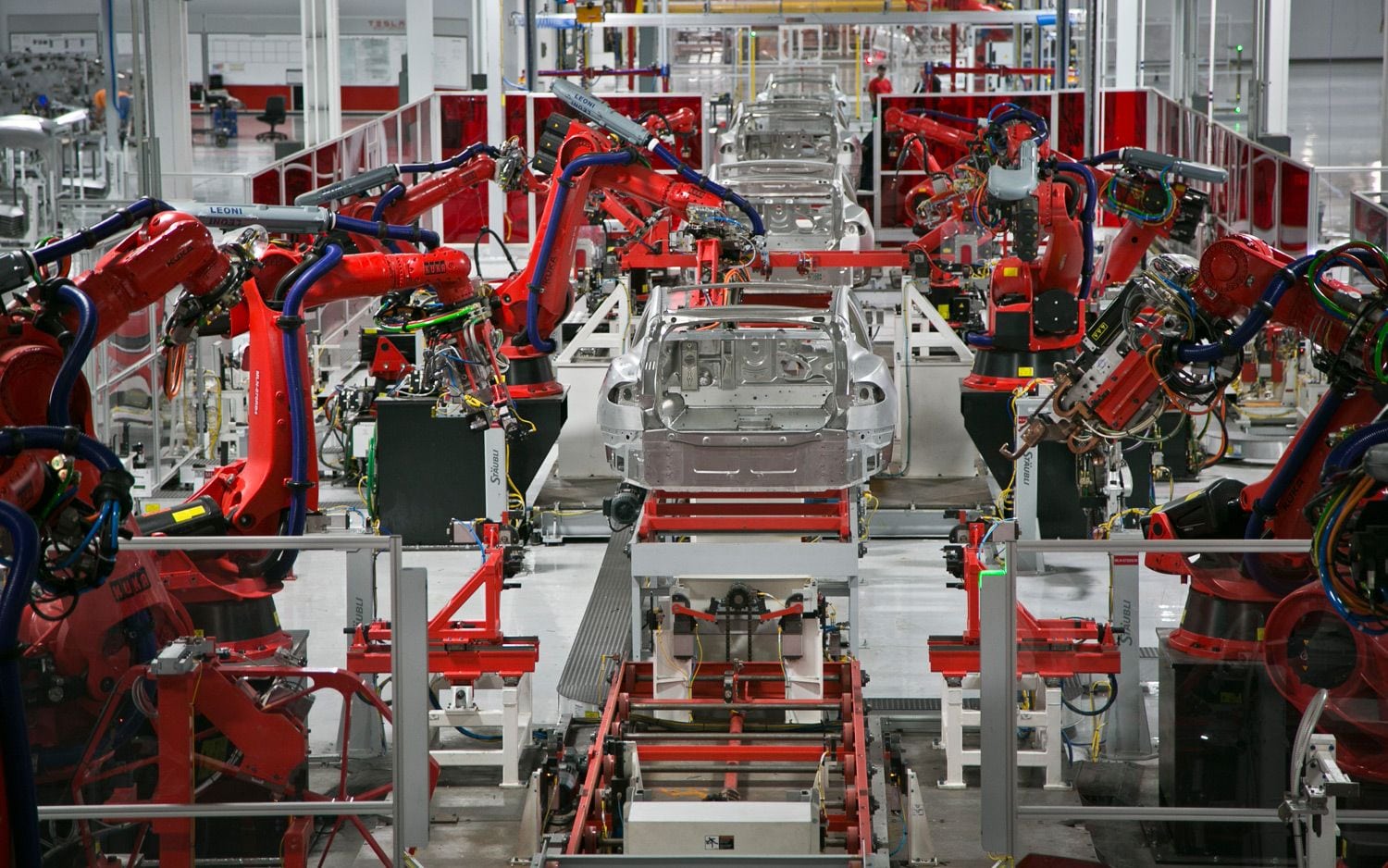The rise of electric vehicles (EVs) is having a big impact on automotive logistics. There are many new challenges that will need to be addressed when planning the supply chain. These begin with sourcing the raw materials and go all the way through to last-mile delivery and reverse logistics.
Below, we investigate some of the ways that EVs are impacting the automotive supply chain and how we can plan and prepare to overcome them.
Sourcing materials
The majority of EVs are powered by lithium-ion batteries, which contain lithium, cobalt, graphite, nickel, and manganese as the critical minerals. Further materials, such as copper, are also required for battery manufacturing.
These raw materials for EV batteries are mined in just a few places around the world. The danger here is that when EVs become more ubiquitous, bottlenecks in the supply chain will appear.
There are also geopolitical factors that can cause a problem in the supply chain. For example, over 70% of the world’s cobalt is mined in the Democratic Republic of the Congo. Political instability in the country, as well as extreme weather and natural disasters can all disrupt the supply chain. There are also potential human rights violations and environmental issues that will need to be addressed and prevented as part of good supply chain management.
Regulations for battery transport
Transporting lithium-ion batteries has its own complications. The EV batteries are particularly heavy, and this can raise issues during transport.
Another problem with transporting lithium-ion batteries for EVs is that they pose a safety risk. There are strict controls around moving lithium-ion batteries, which involve the way they’re packaged and the materials used, the temperature they can travel at, and how much charge they can hold.
A further complication is there is no standardized, global regulation for how to properly transport lithium-ion batteries. There will be variations at a continental and even national level. However, the ADR put forward by Europe can be a good starting point. It gives a baseline for packaging and transporting dangerous goods, including batteries.
Diversification for the supply chain
EVs have fewer parts than ICE (internal combustion engine) vehicles. They don’t require fuel systems, exhaust systems, or transmissions. This means that the current infrastructure in the automotive supply chain will likely need to be changed to accommodate the new parts.
Suppliers and automotive logistics providers will need to either modify their current transportation methods or start from scratch to accommodate EVs. By diversifying, they can ensure they maintain their market share.
Inventory management
We have already seen fluctuations in demand for EVs. While it can be assumed that demand will grow in the coming years, a number of factors will affect the speed of this growth, including government incentives to encourage EV use and the improvement of charging infrastructure.
There may also be factors that reduce the demand for EVs. Currently in the UK, those who own an EV do not have to pay road tax. But this is due to change. In 2025, EVs will be liable for road tax, initially at the lowest rate of £10 and then rising to the standard rate of £180 from the second year. This may deter people who would have otherwise chosen an EV due to no car tax fees.
As such, automotive logistics should be prepared to deal with inconsistent demand. Planning will be required to avoid a surplus of stock while still being able to meet demand.
Charging infrastructure in last-mile delivery
Most EVs will need to arrive at their destination with some level of charge So, delivery routes will need to be planned to include charging points.
Charging infrastructure across the world is constantly being improved as EVs become more popular, but there will still be vast stretches with no charging points. It’s vital that EVs can be charged in the last-mile delivery part of the supply chain, so this should be a key factor in automotive logistics management.
Reverse logistics and battery recycling
Sustainability is inexorably linked to EVs. As such, reverse logistics with regard to battery recycling should be a key part of the automotive supply chain. This will involve the battery being taken to specialist facilities that can disassemble the battery and recycle the components.
Batteries that are at the end of their life for use in EVs can also still be used for energy storage. It’s believed that a second-use industry may rise up as EVs become more popular, to take advantage of this and to prevent materials from going to landfill.
Transporting end-of-live EV batteries comes with many of the same risks and rules as transporting EV batteries at the start. They can still generate heat and cause a fire risk. As such, the same packaging and transportation regulations will need to be followed.
Scope for future development
Another challenge that EVs can pose for automotive logistics is that technology is still developing. The batteries that are used now may not be the same in future. It’s thought that batteries for EVs may develop with the need for more lithium and less nickel or cobalt.
If batteries do change, the automotive supply chain might need to adapt once again to accommodate the new materials.







